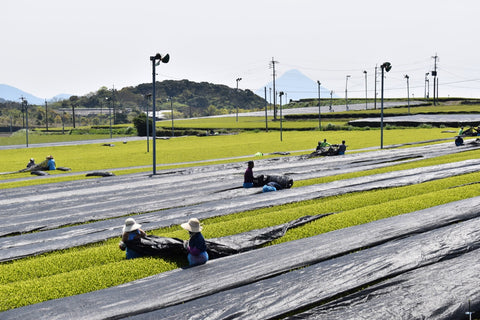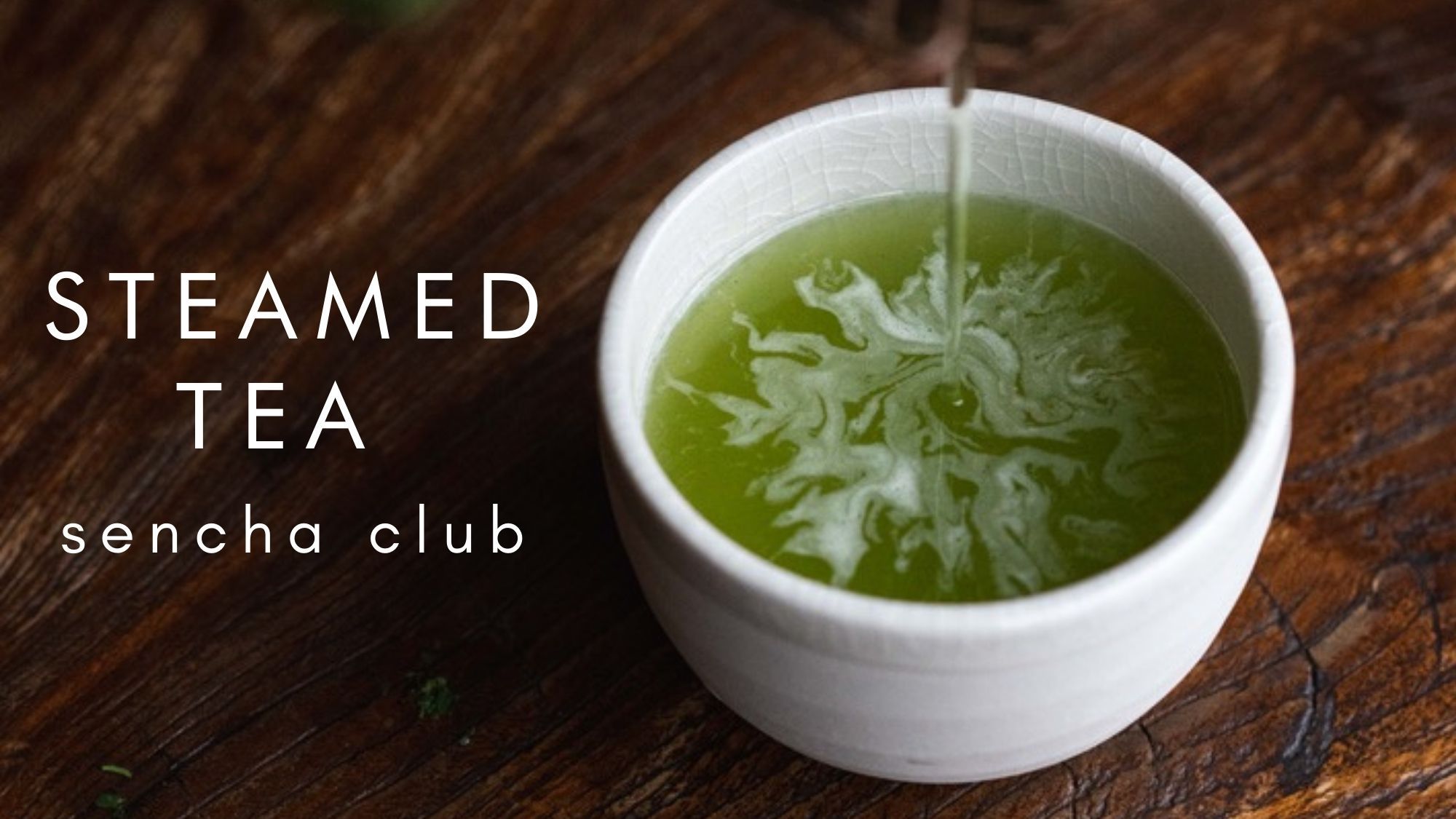Discover the phenomenal rabbit hole of sencha! With this monthly subscription, you get:
- 80g of tea
- A detailed info card about your tea
- Delivery to your home (in Canada and the US)
Important:
- Your tea ships on the 5th day of each month.
- Orders are billed on the day that you subscribe (1st month), and on the 20th of subsequent months; we will source some very cool micro-lots, and we want to ensure that we have enough tea for all subscribers.
- This is an auto-renewing monthly subscription. You may cancel or call us to update the setting of your subscription any time.”
-----------------------------------------
Defining Sencha:
Sencha (煎茶) is the most popular style of Japanese ryokucha (緑茶), or green tea. Sencha represents roughly 80% of the tea production in Japan. It is loosely defined as:
- Premium, early harvest leaves.
- Processed with steam, rolled in the shape of fine needles, and dried.

Why is Japanese green tea greener than its Chinese (and Korean) counterparts?
We hear this statement very often, and it’s a very broad generalization. There are two very popular ways to ‘kill the green’ (i.e. stop the oxidization process) in green tea:
Steaming: used in Japanese sencha (but also known to be used in some traditional Chinese green tea, as in the province of Hubei).
Pan-firing: used in the vast majority of Chinese green tea styles… but also in kamairicha, a style of tea that is popular in Miyazaki, Kochi, and a few other places in Japan.
Steaming, broadly speaking, yields a more intensely green tea, usually with more oceanic notes. Pan-firing yields a lighter coloured tea with nuttier, more gentle notes.
In our humble opinion, neither is outright better than the other. Both can express tea leaves beautifully.
What about gyokuro and kabusecha?
Both of these can be considered sencha; the tea is steamed, rolled, and dried. What makes them special happens before the leaves are harvested.
Kabusecha (かぶせ茶): a cover is placed right on top of the tea trees for (usually) 7-10 days; growing in shade, the tea leaves become more intensely green and richer in umami. As far as we know, there is no hard limit on the number of days that the trees can be covered; we know a couple of farms that may shade their trees for about three weeks.

Gyokuro (玉 露): this tea is usually more expensive than its kabuse and non-shaded counterparts. Just like for matcha, a canopy is built over the tea trees to prevent direct sunlight from reaching them; usually, gyokuro is shaded for a significantly longer time than kabusecha. 3-4 weeks is not uncommon.
Our tea from Furuichi San, both Chiran Shincha and its 100% okumidori counterpart, are kabusecha. That explains their very rich taste and colour.






